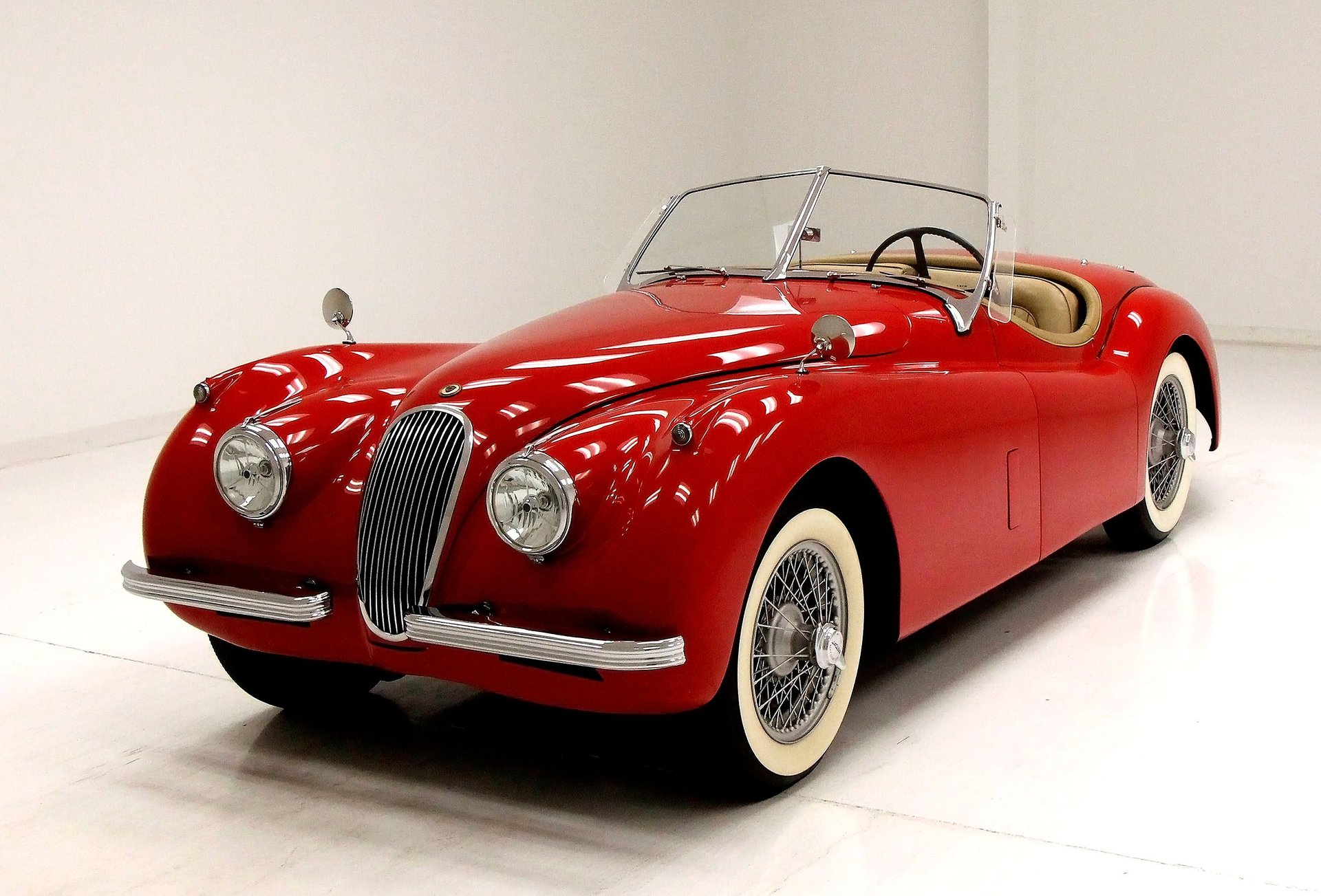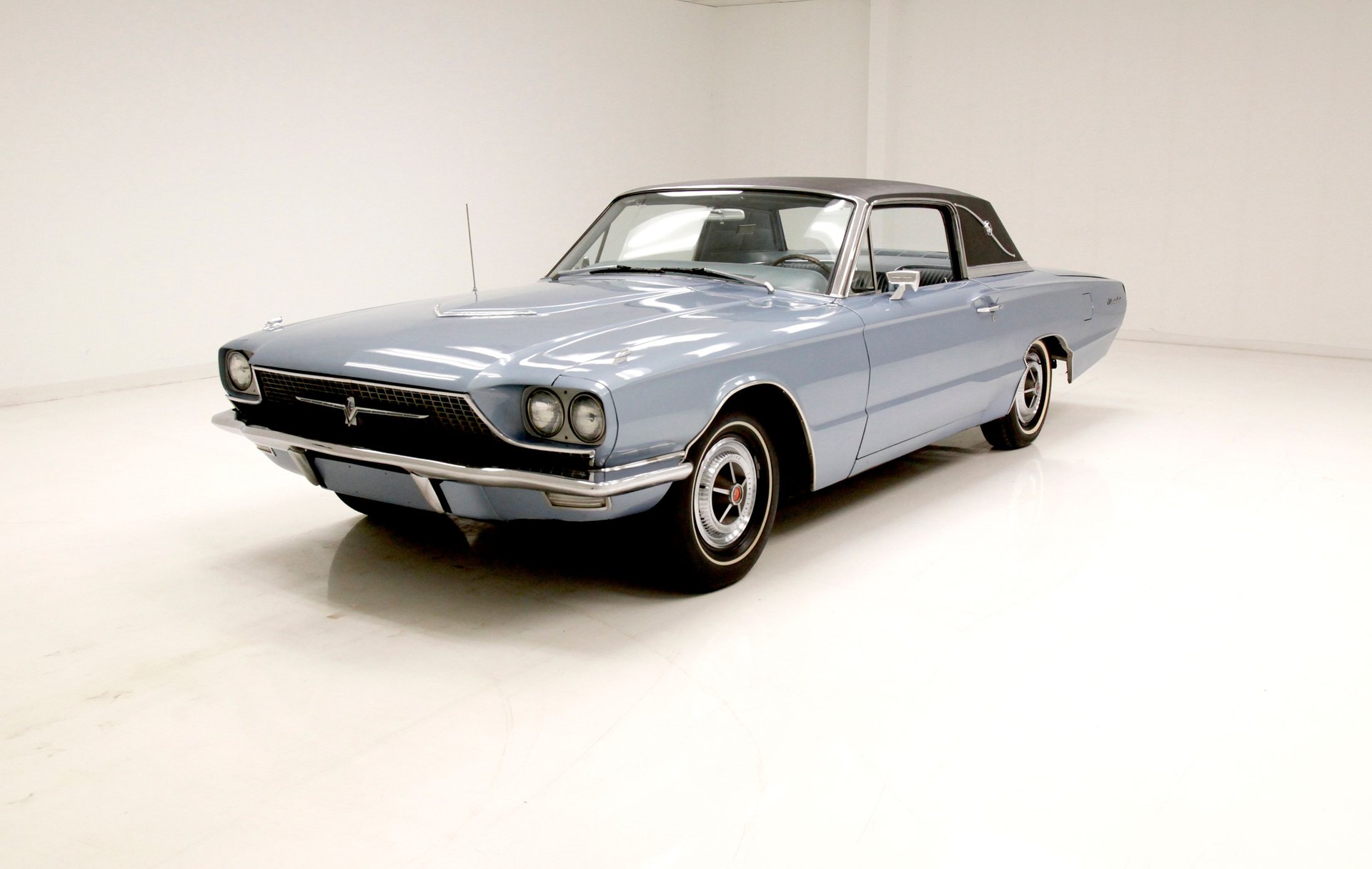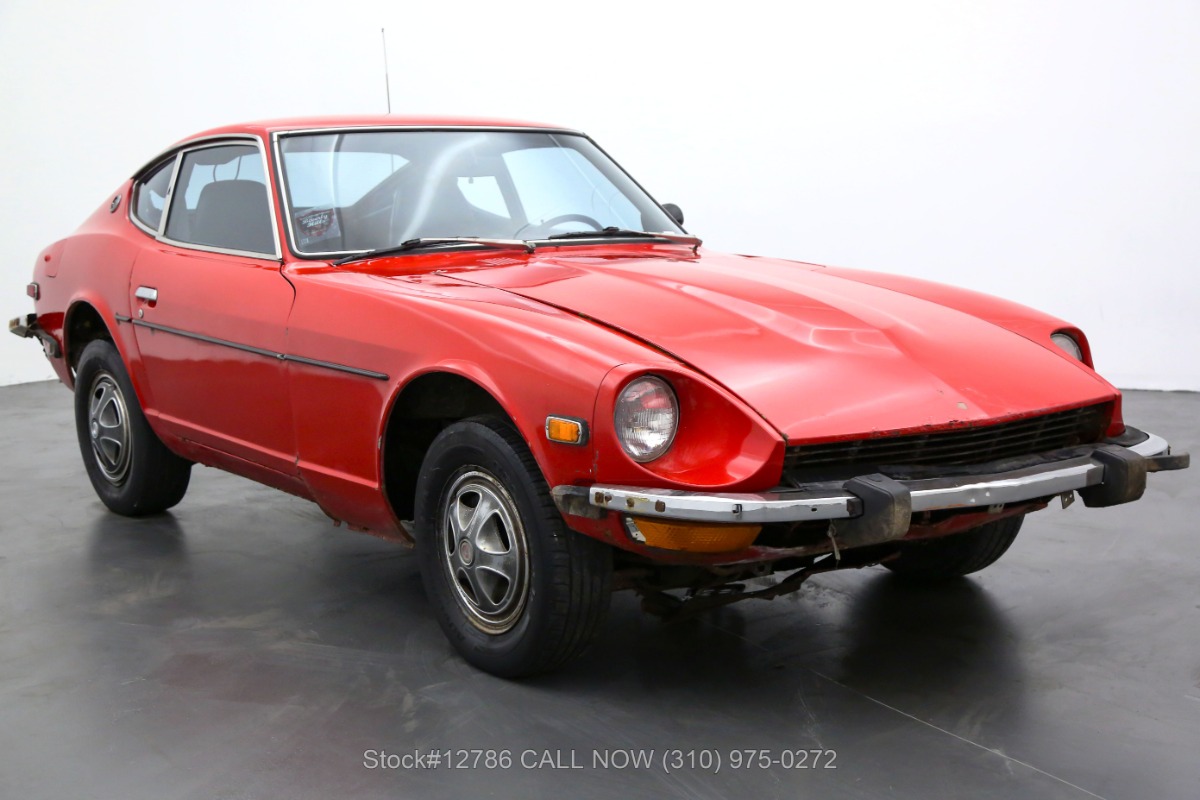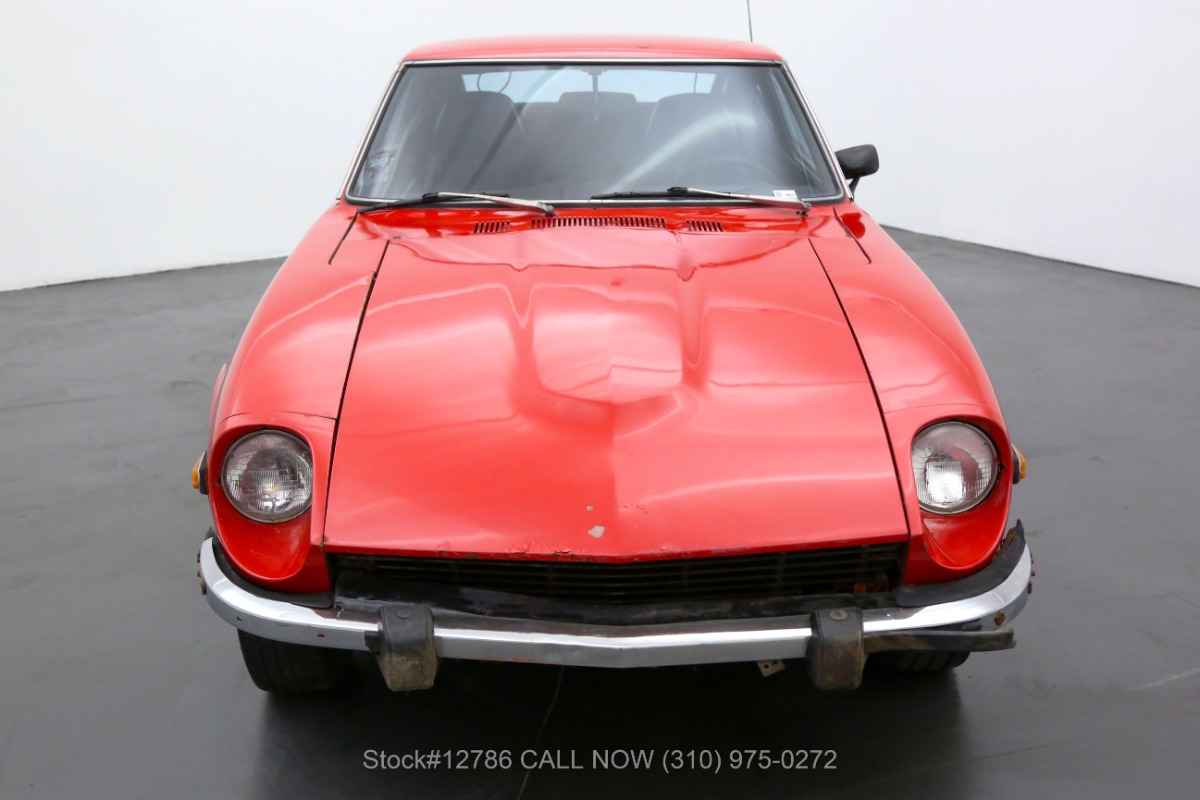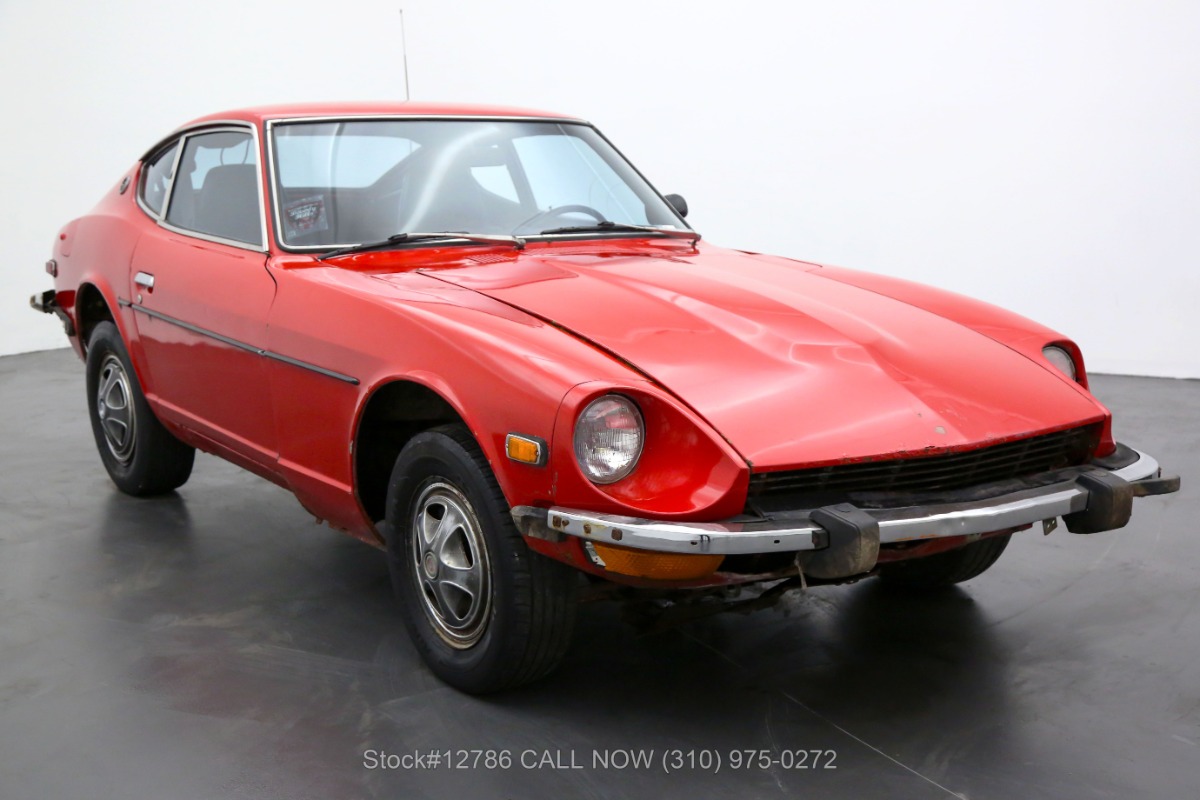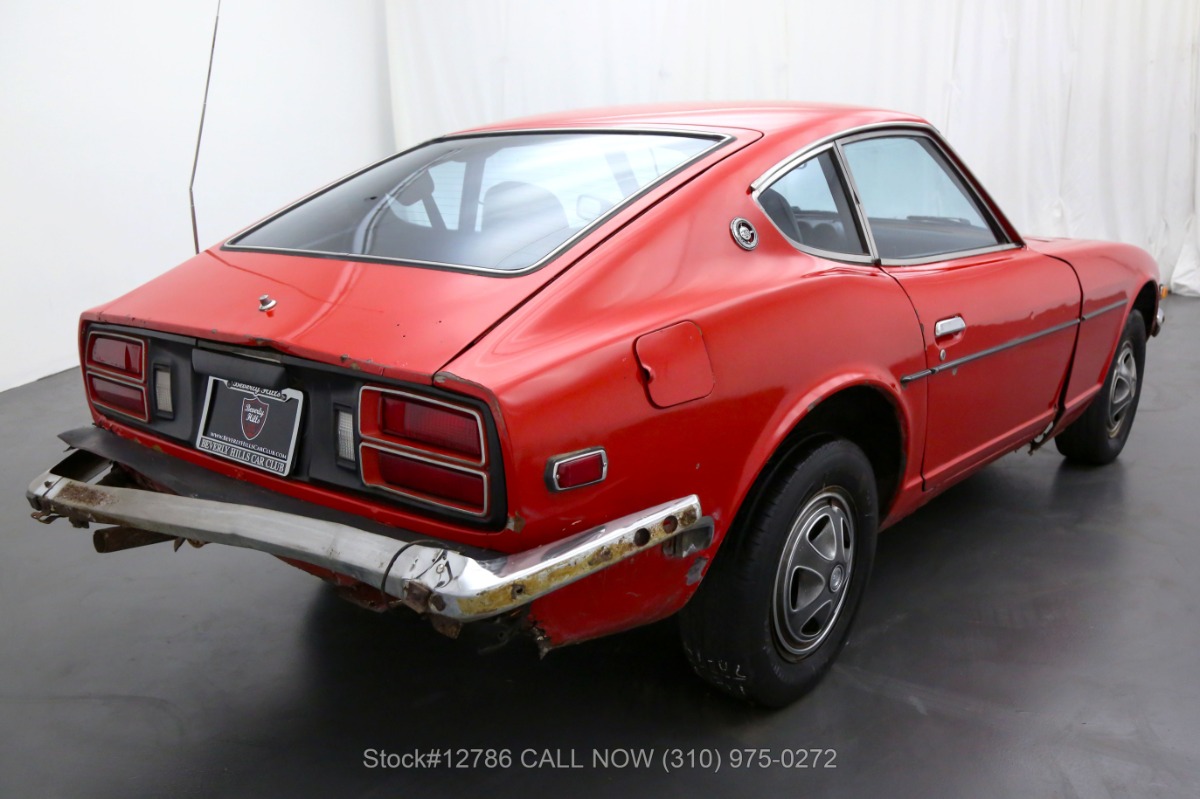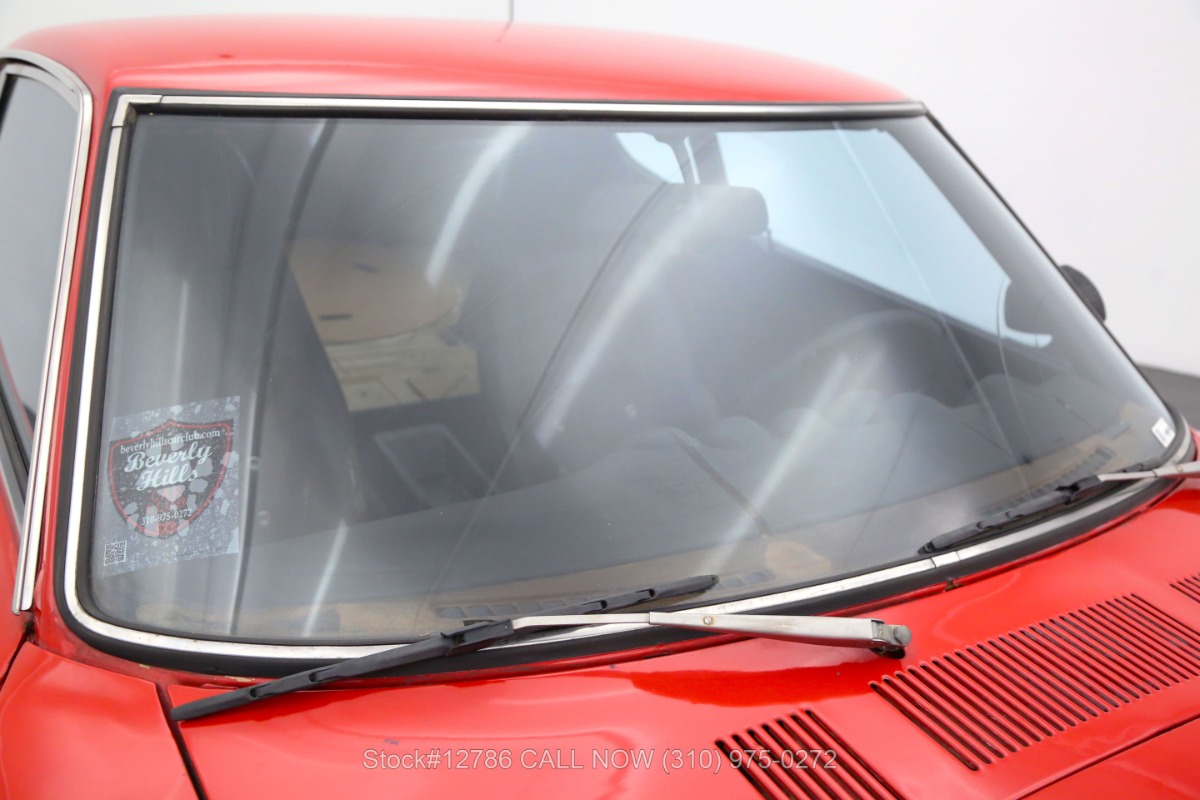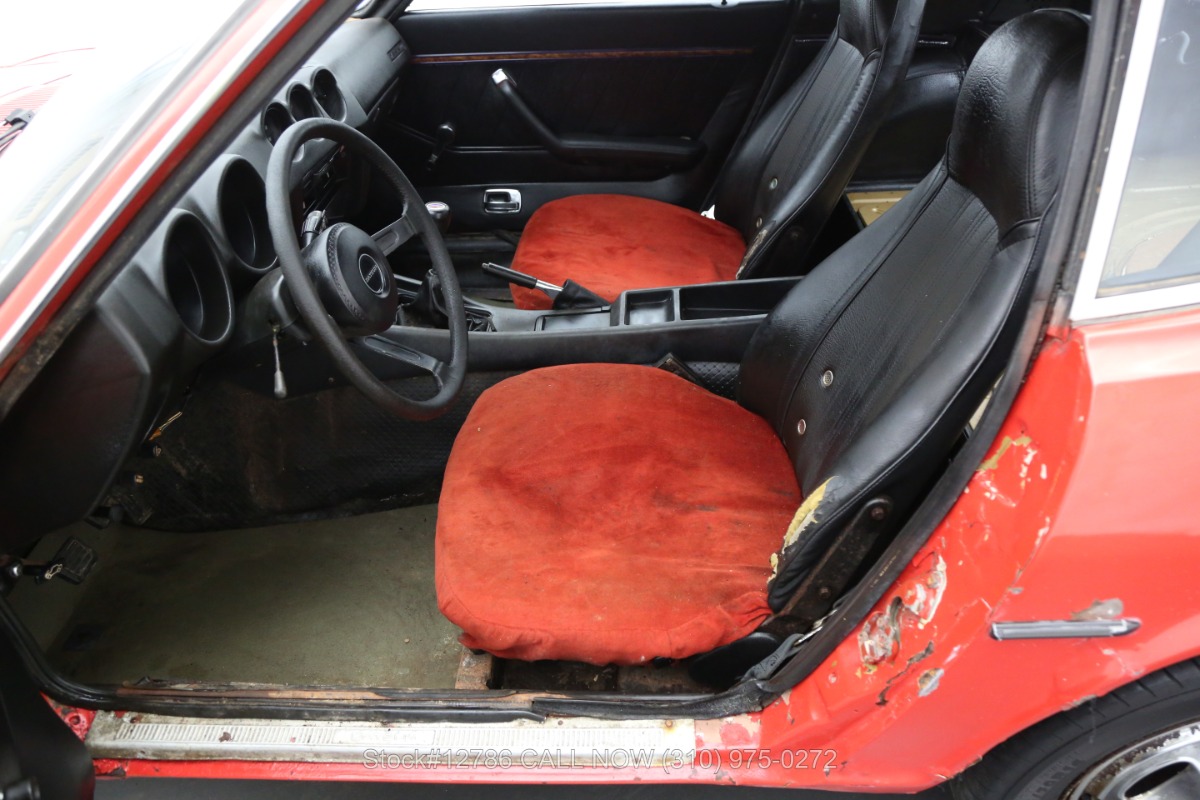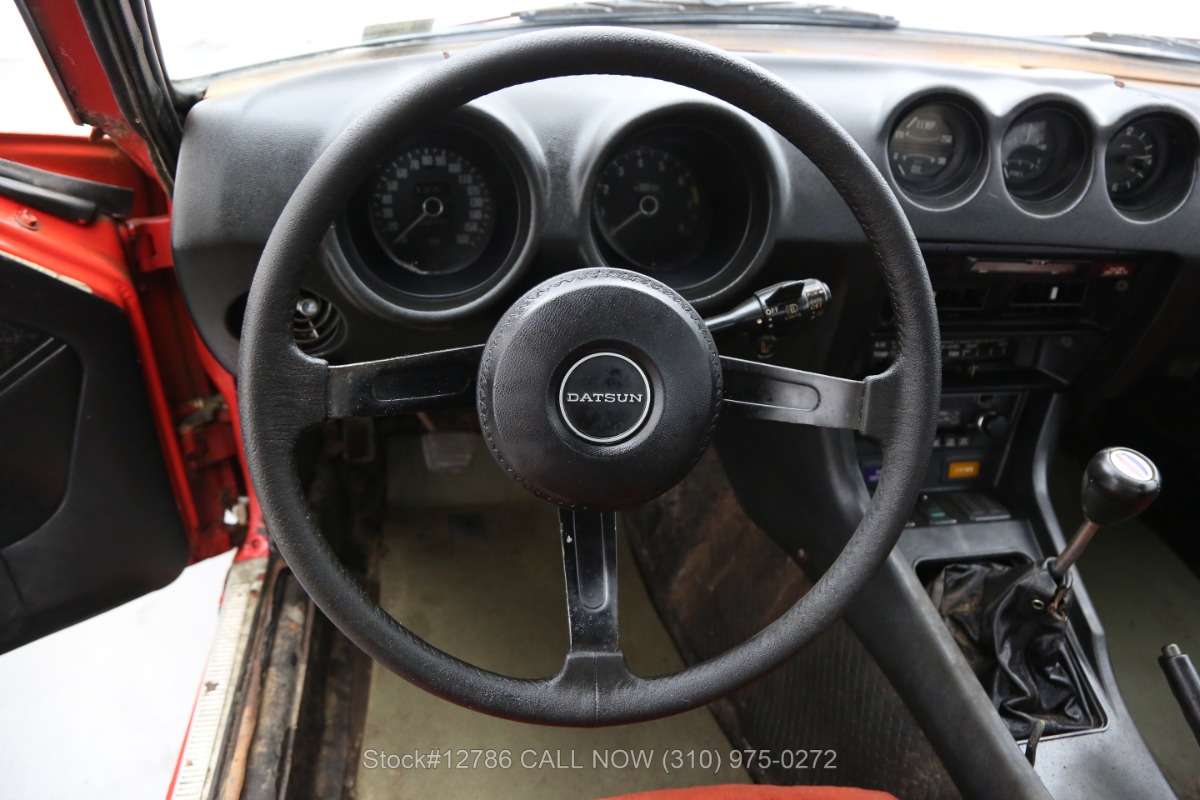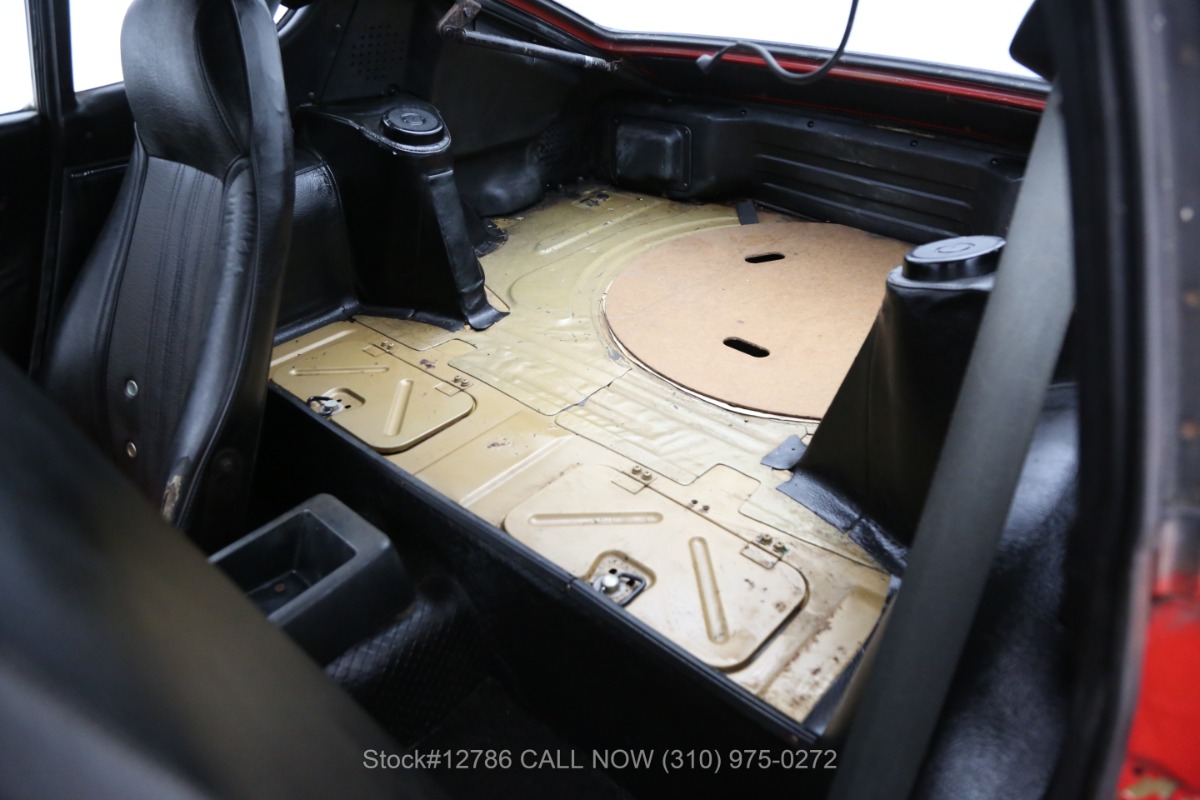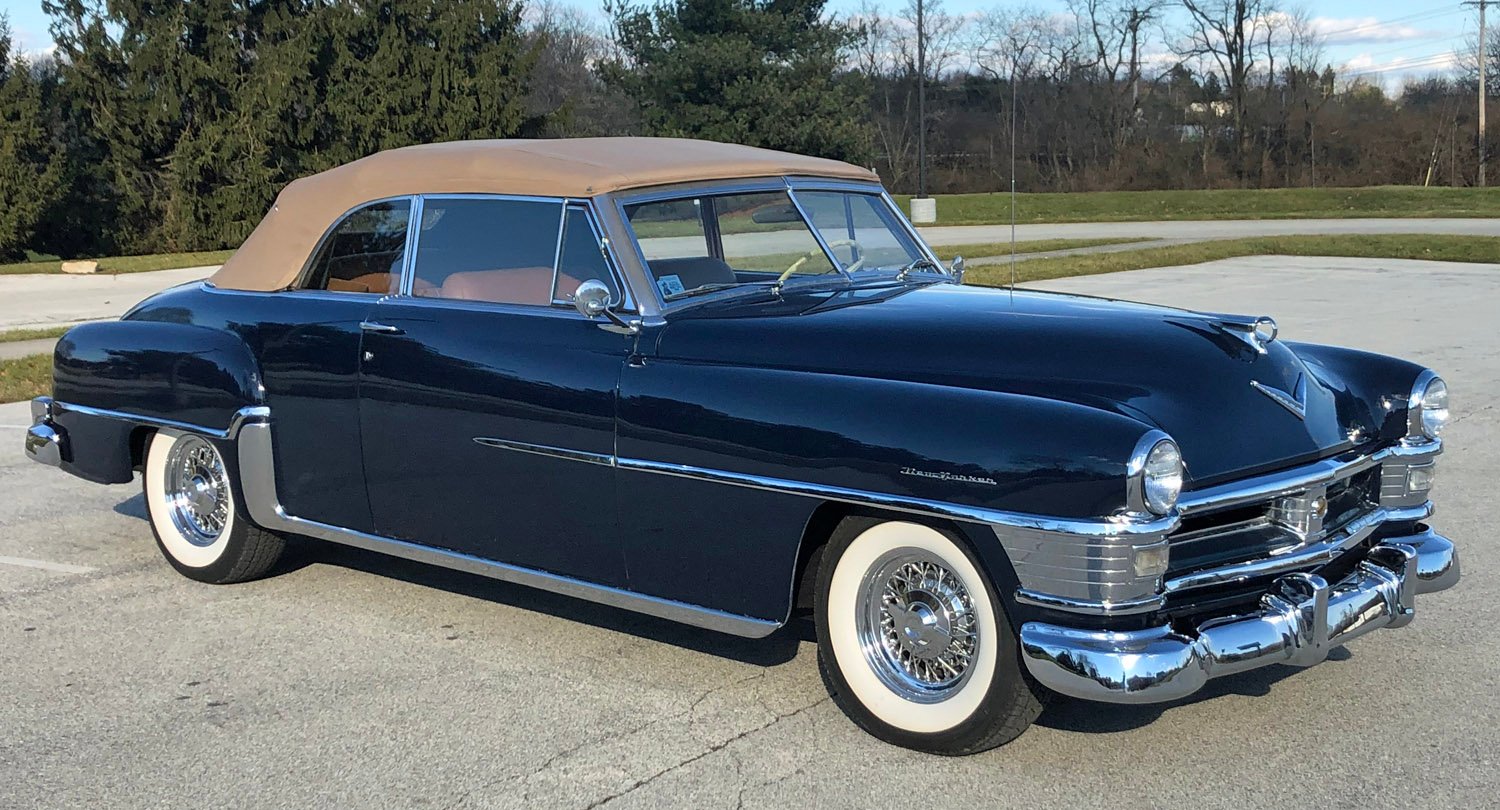The Dodge Polara was an automobile introduced in the United States for the 1960 model year as Dodge’s top-of-the-line fullsize car; after the introduction of the Dodge Custom 880 in 1962, the Polara nameplate designated a step below the best trimmed Dodge model. In its various forms, the Polara name was used by Dodge until 1973, when its position in Dodge’s line-up was replaced by the Dodge Monaco.





















